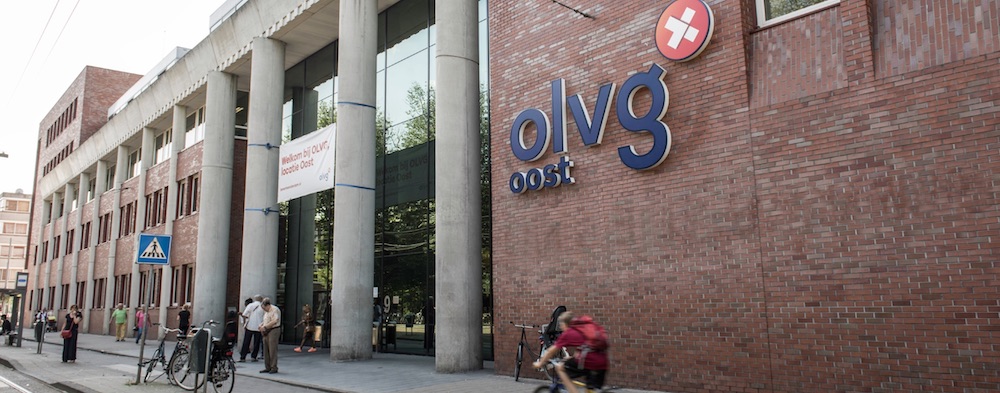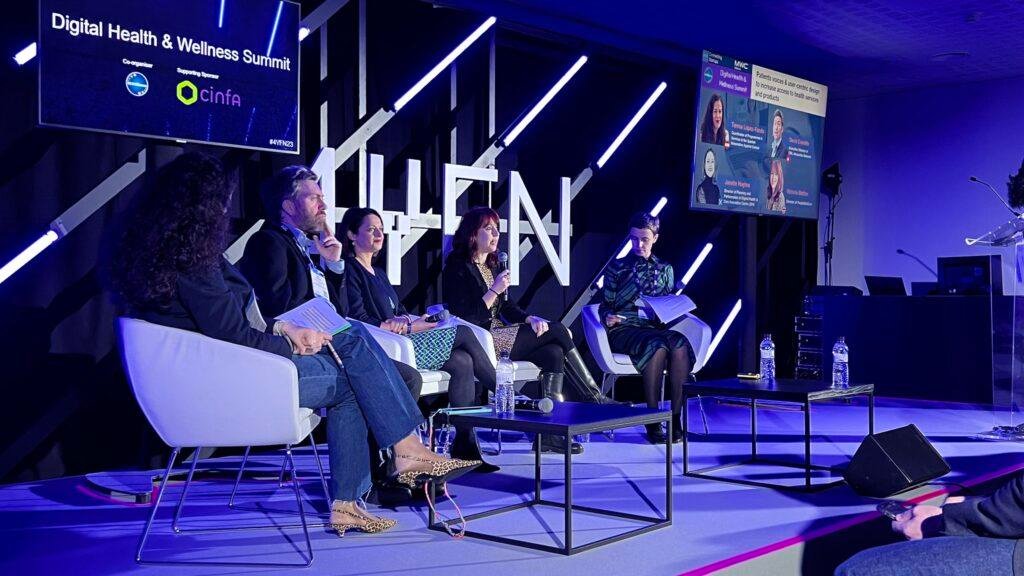In 2013, OLVG was the first hospital to offer nitrous oxide for the treatment of children in the Emergency Department. It was part of a new approach to combat anxiety and pain in children. This was based on the national guideline of the Central Guidance Organ (CBO) that the practitioner ‘must do everything in his power to prevent a child from experiencing fear or pain’. In order to eliminate child traumas in hospitals, pediatrician Piet Leroy from Maastricht and Şükrü Genco founded the Children’s Sedation Foundation in 2014 to start initiatives in the field of pain control. Since then, the foundation has provided many training courses in OLVG for practitioners throughout the country.
How do you look back on the past few years?
Şükrü: “Very positive. We can be very proud that we really were able to implement the new approach, together with the Maastricht UMC+. I can only say that the results of the use of nitrous oxide have opened our eyes. As a result, we have come to realise the importance of the setting in which you approach, sedate or calm a child, and the rest has started to roll”.
Linda: “We’re always looking for ways to do even better, and we’re learning all the time”.
Şükrü: “Exactly. We innovate, improve and develop best practices, which then also benefit colleagues in other hospitals. Thinking up, rolling out and sharing something that suits OLVG. We often act as a breeding ground for physicians and nurses who want to give their work extra substance, which leads to the development of new, ambitious methods”.
How did things develop?
Şükrü: “After the introduction of nitrous oxide, we started to study both medicinal and non-medical methods. These include: medical hypnosis, intranasal sedation techniques, MRIs with sleep sedation, other medications and focal language. We have also trained a nursing specialist with the focus on children with anxiety and pain, and sedation. By training people internally, the new methods to combat anxiety and pain in children fanned out. OLVG is now the place where practitioners come to do the national training for nitrous oxide. Now we are on the important point of taking the next step with the Netherlands Children’s Sedation Foundation. Professionalization, expansion and fundraising are high on the agenda.
What exactly is the importance of the Netherlands Children’s Sedation Foundation?
Şükrü: “The foundation has stood up for adequate fear and pain management in children and has been the initiator of the new approach. We bring together professionals – colleagues from OLVG, teachers, people from the Academy, scientists and didactic experts – who are actively involved in sedation in children. Among other things, the foundation provides the nitrous oxide courses at OLVG. The NVK (Dutch Association for Paediatrics) also knows where to find us for questions or issues. From the scientific association we even received a nice subsidy. The fact that the output of our work is noticed, is a source of joy!
Linda: “As a paediatric nurse and supervisor in the paediatric ward, I received training in nitrous oxide myself a few years ago. At that time, distracting, holding or fixing the frightened child were often the only ‘methods’ for treatment. Then I came into contact with the nitrous oxide training. I was enormously impressed by its positive effect on anxious children. After that I immediately started the medical hypnosis training. For some time now I have been involved as a teacher in the Children’s Sedation Foundation”.
Is medical hypnosis training a logical follow-up to laughing gas training?
Şükrü: “Nitrous oxide is part of the possibilities. You have to pay attention to the whole setting around a child. That means that you don’t put knives in sight, don’t apply bright light, and use breathing and relaxation exercises”.
Linda: “Indeed. On the nitrous oxide course I did not only learn how to administer it, but I also received training in how to supervise the children. Peace and confidence are essential here. Meanwhile, non-pharmacological interventions are an important part of the morning program of the nitrous oxide course. If you know how to make contact with a child, that is already your first gain. It became increasingly clear to me what is involved in fear and pain management. For me this was the reason to go into hypnosis. Medical hypnosis is basically daydreaming with a purpose. Children with, for example, anxiety, chronic abdominal pain or nausea complaints often benefit enormously from it. In fact: there are children who suffer from abdominal pain for years and after six sessions of medical hypnosis they are symptom-free!
How did you make the step to nursing specialist?
Linda: “During the medical hypnosis training I met two nursing specialists, both working on the children’s ward at Maastricht UMC+. Their work inspired me. With the help of the paediatricians in OLVG who considered this job a valuable addition to the department and support by the psychologists, I was given permission to follow the master’s programme. I agreed with the paediatricians that my job serves a clear purpose: to reduce procedural distress in children. Prevention plays a major role in this.”
Şükrü: “We are very happy that we invested in Linda’s position at the time. She is indispensable, not only for paediatricians, but for the entire department, for the A&E department and even for other departments”.


